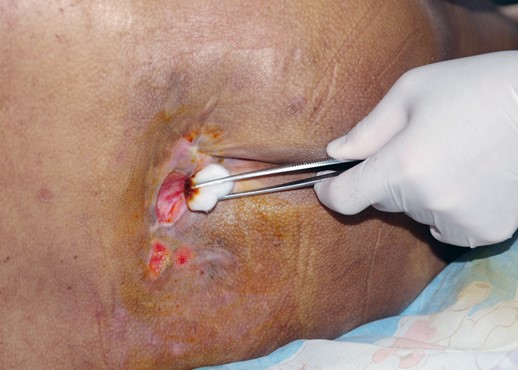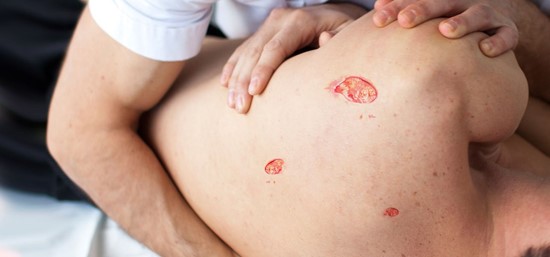Bedsore Meaning
Many people might not be familiar with the term Pressure Ulcer or Decubitus Ulcer. It is nothing but Bedsores, an injury caused to the skin when blood flow is disrupted to that area because of sitting or lying in one position for a long time

Bedsores Causes
Bedsores develop in areas where the body weight is pressing against a surface. If that pressure lasts for over two or three hours, and blood can’t reach the area, the skin and underlying tissues become damaged due to lack of oxygen and nutrients.
The other causes to get bedsores are more likely if you have mobility issues or cannot move and switch positions, suffer from malnutrition, or loose skin sensation.

Symptoms
Each stage of Bedsores has different symptoms.
- Skin Discoloration
- Pain in the affected area
- Infection
- Open skin
- Skin that’s firmer than the surrounding skin
Bedsore Stages
Stage 1
The skin may appear red or may vary from blue to purple, depending on your skin complexion. It may also feel warm to the touch. The person with bedsores may complain of it burning, hurting, or itching. A stage 1 bedsore can usually resolve within three to four days.
Stage 2
The bedsore area looks damaged having an open sore, scrape, or blister. The person usually complains of significant pain and the discoloration of the skin around the wound may be there. The sore may ooze clear fluid or pus and it’s painful. A stage 2 bedsore can take from four days to three weeks to resolve.
Stage 3
If the bedsore is much deeper within the skin, it affects your fat layer. It looks like a crater with a bad odor. It opens the body to infection and leads to severe complications, including osteomyelitis and sepsis (infection in bone and bloodstream). At Stage 3 bedsore will take at least one month, and up to 4 months, to heal.
Stage 4
At Stage 4, many layers are affected, including muscle and bone. The skin may have turned black and shows signs of infection like red edges, pus, bad odor, or drainage. One will be able to see tendons, muscles, and bone. At stage 4, bedsores can take two to six months (or even longer) to heal.
Bedsores Treatment
To prevent bedsores, you can frequently reposition yourself to avoid stress on the skin and avoid constant pressure against your body and body weight. You can also reposition yourself at least every 2 hours if lying on the bed or move around every 15-20 minutes if you are seated.
How to Treat Bedsores?
It is possible to reduce the risk of Bedsores. When bedsore is at an early stage, you can treat it at home, but more advanced bedsores require professional care.
You can treat bedsores by inspecting the skin for redness areas every day with particular attention to bony areas.
- Repositioning yourself every 2 hours
- Changing position every 15 minutes while sitting upright and straight in a wheelchair
- Providing soft padding in wheelchairs and beds to reduce pressure
- Keep the skin clean and dry.
- Good nutrition, such as vitamins, minerals, fluids, and protein, is essential in healing bedsores.
- Antibacterial creams can help combat infection.
- Having dead tissue removed
MaxioCel is expected to provide comfort and faster healing to patients suffering from chronic wounds, such as bedsores (pressure ulcers), diabetic foot ulcers, venous leg ulcers, cavity wounds, skin abrasions, donor sites, and post-operative surgical wounds.
It is essential to prevent bedsores and treat them early if they form.
External Links:
Preventing bedsores
https://www.health.harvard.edu/newsletter_article/Preventing_bedsores
Recognizing and Treating Pressure Sores
https://msktc.org/sci/factsheets/skincare/Recognizing-and-Treating-Pressure-Sores
 A collaborative study with Harvard Medical School
A collaborative study with Harvard Medical School






